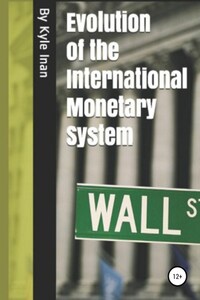“A historical analysis of the Classical Gold Standard System, the Inter-War Period, the
Bretton Woods Agreement & the International Monetary Order of the Post-1973 Era”
It is within the purview of this book to analyze the emerging monetary policy trends following the establishment of the Bretton Woods System that brought about the creation of the International Monetary Fund (the IMF) and the International Bank for Reconstruction and Development (IBRD) to assist member countries with restoring their balance-of-payments equilibrium through the enactment of fixed exchange rates currency regime and through credit lending to poor countries in need. The main purpose for introducing these systems was to concretely establish a “par-value” exchange rate among member countries in which they would peg their respective currencies to the U.S. dollar.
Furthermore, the book aims to explain the several important reasons for the failure of the world monetary reform after the collapse of the Bretton Woods System in an era compounded by the problems of shortage of U.S. dollars in the world economy as well as the recurring trade deficits that forced European countries to reconsider their commitment to the fixed exchange rate system. The book explores the reasons that led to the creation of “the European Monetary System (EMS)” as well as the European motives behind creating a single unit of currency, vis-à-vis the “Euro.” It concludes with an overall analysis of the historical evolution of the international monetary system.
The Historical Evolution of the International Monetary System
Since the inception of the social dynamics crisis caused by the Napoleonic Wars until the wake of the Industrial Revolution in the eighteenth century, there was little room for global interaction among states as there was no stimulus to engage in international trade. The absence of a regulatory system around the globe followed by the exploitation of resources in underdeveloped countries by hegemonic powers, laid the foundations for excess capital mobility giving rise to disruptive shocks to the international system.
The lack of a worldwide commercial network and uncontrolled economic activity pushed countries away from the balance-of-payments equilibrium. The prospects for international trade remained relatively low; especially without the existence of institutions capable of supporting markets both at the domestic and international levels.




